Part 2, How is Cognac made?
Continuation of my unforgettable three-day trip to the region where Cognac is made, in contact with several producers, houses and winemakers. Once you have discovered the Cognac vineyard, the unique and rich terroir on which it grows, one question remains: how is Cognac made?
Cognac is a blend of eaux-de-vie from different terroirs and different years
The wine from the grapes is first distilled in copper stills to become the eau-de-vie using the double distillation process specific to the making of Cognac.
After vinification and distillation, the Cognac must then be aged in oak barrels. The oak will bring different aromas, colors and flavors depending on its manufacturing process carried out by a cooper but also on the duration of aging of the Cognac.
Making of a barrel by a cooper
A unique experience proposed by the region allows to follow the making of a barrel by a cooper: the selection of the oak wood (mostly from Limousin), the assembly of the staves in pink, the toasting to cook the wood in depth and give it the desired aromatic qualities which will then allow the Cognac to develop its own aromas, the making of the bottoms and the preparation of their watertightness (by the age-old tradition of a paste of water and flour!).
The choice of wood, the method of barrel making (for example, the use of more or less extensive toasting), and even the size of the barrel itself… … the Cognac production process is subject to specific specifications.
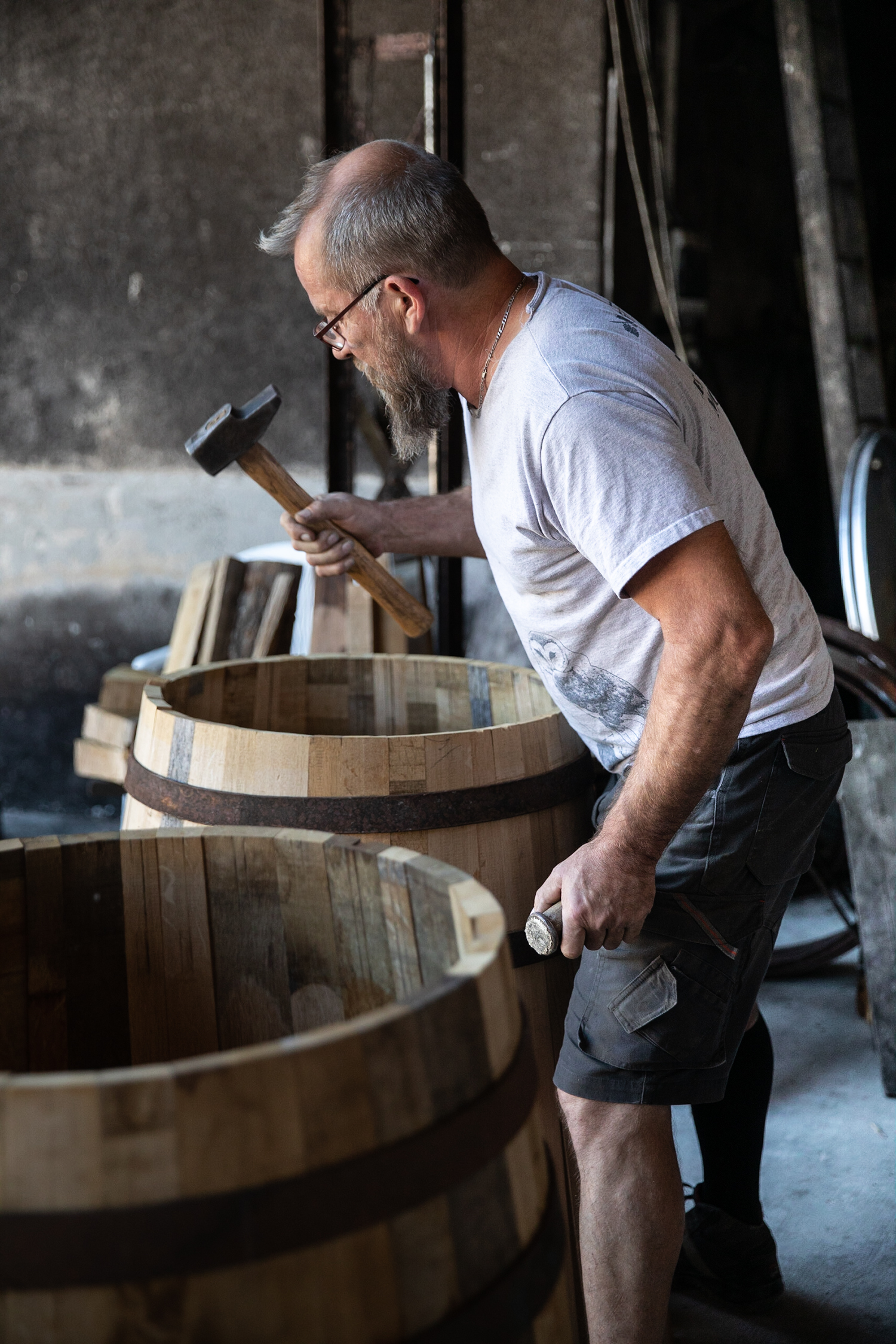
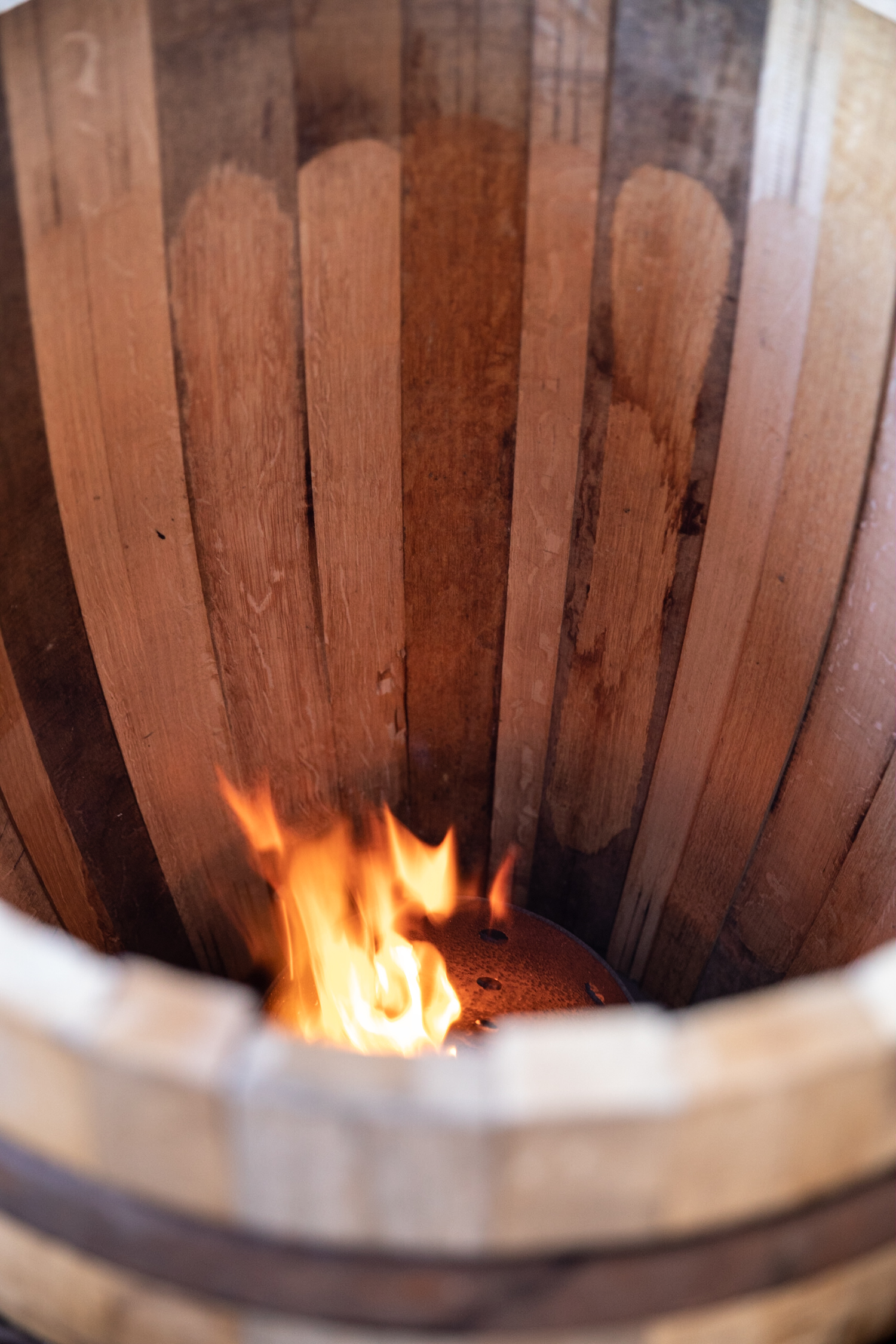
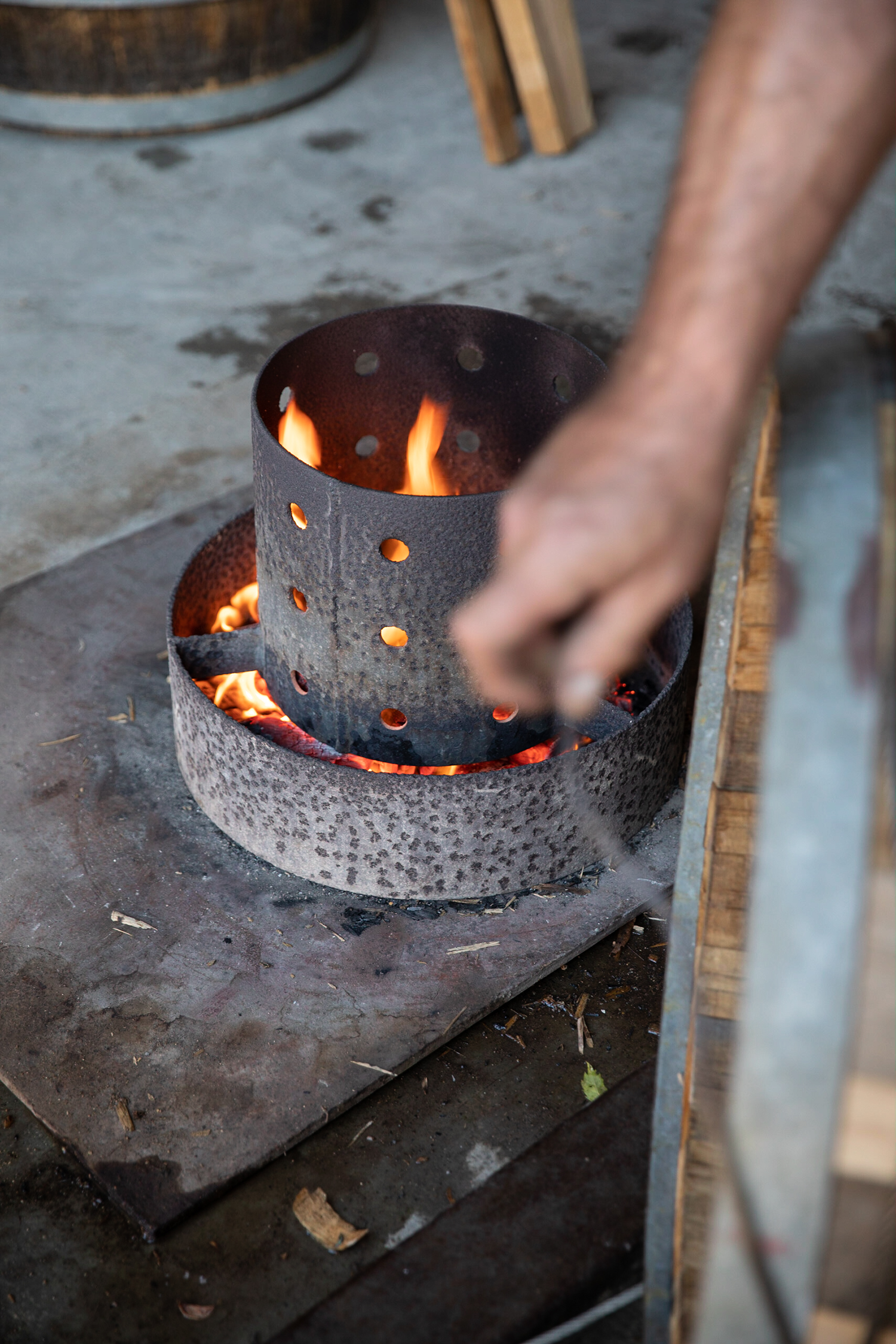
The last step towards the realization of this exceptional product: the assembly
The blending is done by the same cellar master
The cellar master, like a nose in perfumery, brings his vision, his know-how and his experience in the creation of each Cognac.
The composition work of the cellar master is the signature of each brand.
Each Cognac is different according to its blend but retains the same “line” over the years.
Thanks to the work of the cellar master, the lover of a 10-year-old Cognac from a given producer can continue to savor the same precious elixir each time he opens another bottle of the same brand.
Once in the barrel, the Cognac takes its time and ages “quietly” while being monitored daily by the cellar master and his team.
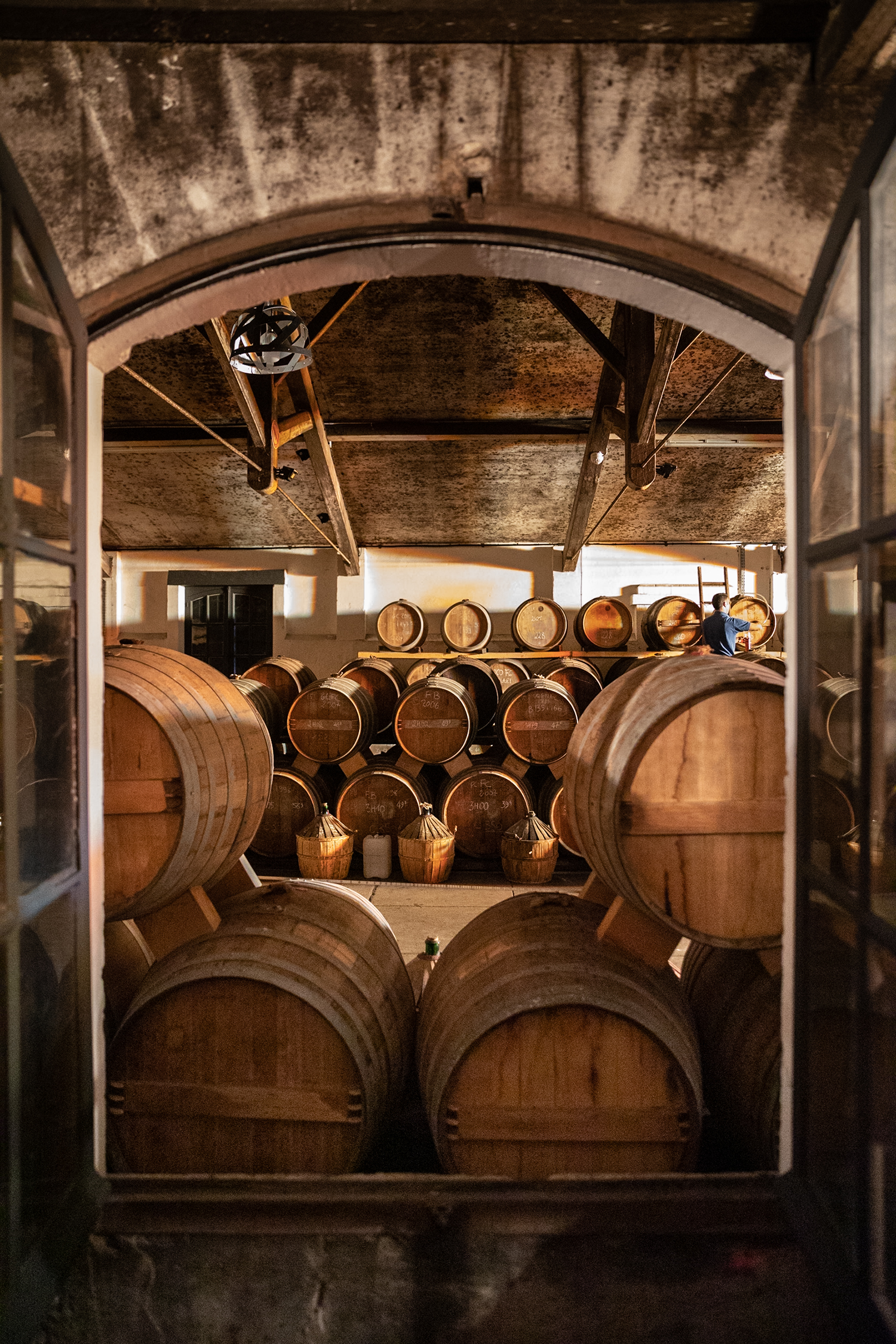
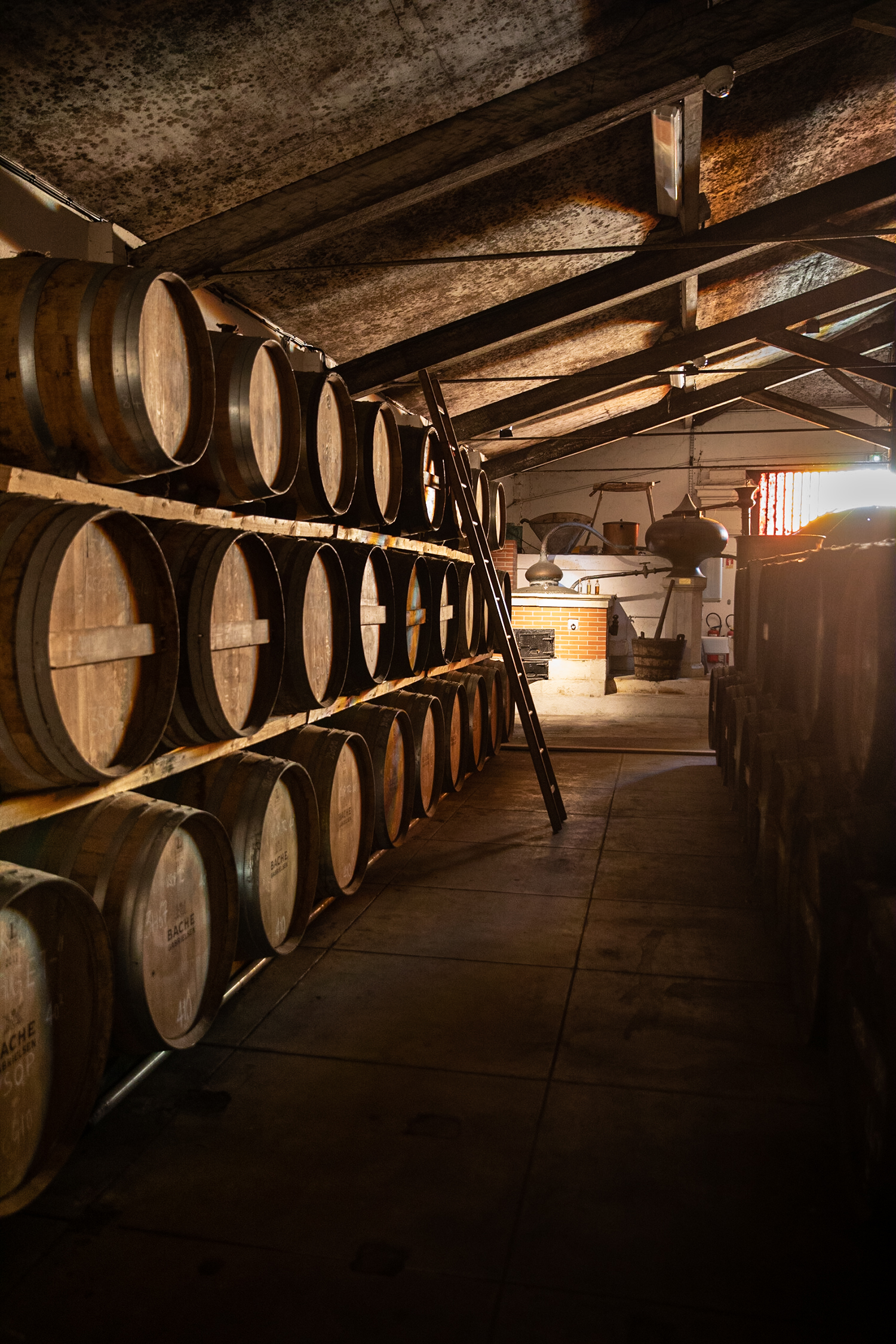
To understand all the richness of the cellar master’s work is the experience offered by one of the Cognac houses.
I was able to immerse myself in the cellars and workshops of the House in question, to learn more about the terroirs of Cognac and to make my own blend to find the one elaborated by the cellar master.
The most difficult thing for me as a neophyte is to learn how to express what I see, feel and taste with the right words when I smell and taste the aromas of each of the three vials that make up the blend.
But the workshop is also there to allow you to express yourself freely, to exchange with the other participants, to be guided if necessary while enriching yourself with the appropriate vocabulary: we make the Cognac “cry” by slowly turning our glass, we become familiar with the “first nose” (the most volatile aromas of the Cognac) and the “second nose” (the olfactory essence of the Cognac, once more “aerated” in our glass).
Photo credit : Elise Dumas aka @thepineapplechef




